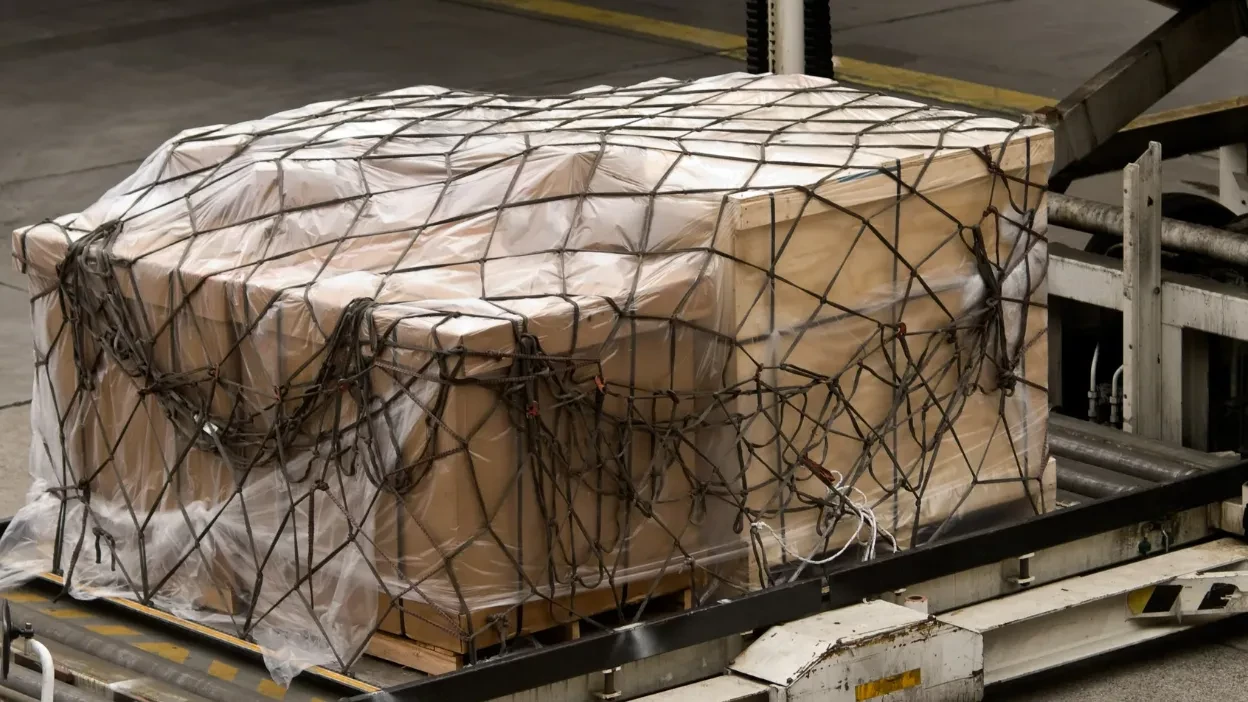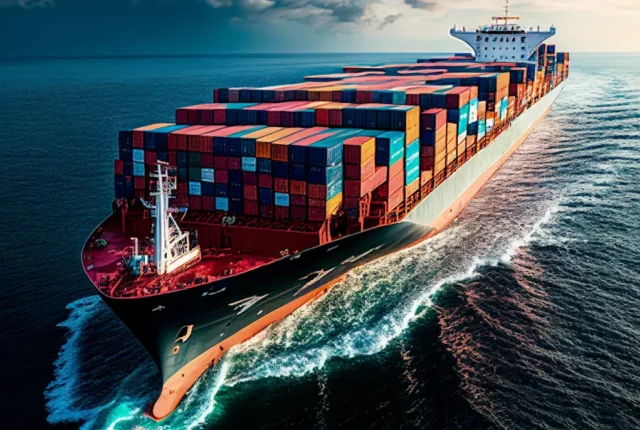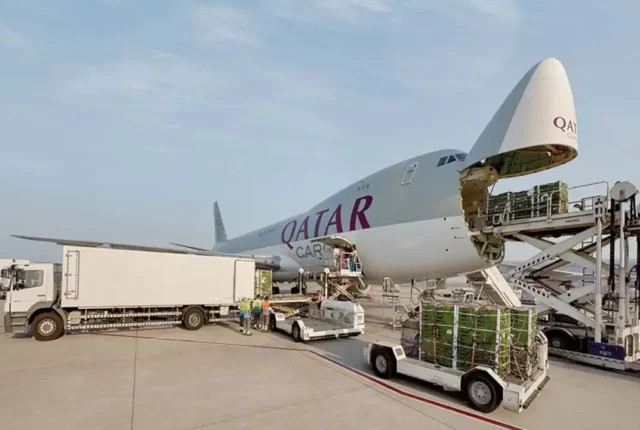
Tariff Turbulence: How New Trade Policies Are Reshaping Global Air Cargo Routes
What do sweeping tariffs and vanishing duty exemptions have in common? They’re upending the very skies over which global commerce flies.
As new trade policies take hold in 2025—particularly from the United States—the air cargo industry finds itself facing turbulence like never before. With every tariff tweak comes a ripple across runways worldwide, shifting air routes, disrupting logistics, and sending businesses scrambling for stability.
The Death of De Minimis: Why $800 No Longer Means Free Pass
Until recently, U.S. consumers could buy goods under $800 from countries like China without worrying about import duties. This “de minimis” exemption was a golden ticket for fast fashion giants and low-cost marketplaces. But as of May 2025, that loophole is gone—at least for shipments from China and Hong Kong. The new rule means those once-exempt goods now face tariffs of up to 145%. That’s not a slap on the wrist—it’s a gut punch to e-commerce.
E-Commerce Giants in Turmoil
Imagine building your business model around cheap cross-border delivery—then having that advantage vanish overnight. That’s the reality now facing brands like Shein and Temu. Their lean, just-in-time shipping approach is being crushed by customs delays, paperwork pileups, and skyrocketing costs. In short? The party’s over, and now it’s damage control mode.
The Great Airlift Before the Storm
Here’s where things get dramatic. In the months leading up to the policy change, businesses flooded air freight routes, racing to beat the tariff clock. This “frontloading” led to a jaw-dropping 40% spike in U.S. imports. Sounds good? Not really. That sugar rush in volume is now fading fast, leaving behind inflated shipping prices and congested customs facilities. It was a sprint in a marathon game.
Route Realignment: Airlines Change Their Playbook
With China–U.S. air cargo volumes plummeting, major airlines are rethinking their strategies. Some have already canceled up to 30% of flights between the two economic powerhouses. And where are those planes going instead? They’re being redirected to more profitable and predictable routes, like intra-Asia and Europe–North America lanes.
From Asia to Transatlantic: Where the Volume Is Going
Let’s put it this way—when one door closes, others open. Air freight that once flowed through China is being rechanneled to Vietnam, India, and even Latin America. European markets are also seeing a boost as trade lanes reroute. Logistics companies are now playing chess, not checkers, moving capacity where the demand is least affected by politics.
A Ripple Effect on Global Supply Chains
This isn’t just about flight paths—it’s about where things get made. Businesses are accelerating their “China+1” strategies, shifting production to Southeast Asia, Mexico, and other regions. The goal? Spread the risk. Diversifying suppliers and shipping lanes is no longer optional—it’s essential.
Economic Shockwaves Across the Air Cargo Industry
You’d think freight carriers would benefit from all this drama, but it’s a mixed bag. While short-term demand surged, logistics giants like FedEx, DHL, and UPS have seen their stock prices wobble. The uncertainty over future demand, combined with volatile pricing, is making it tough for even the biggest players to chart a steady course.
What Businesses Can Do to Stay Airborne
So how can companies navigate this mess? First, stay agile. Build buffer zones in your supply chain. Second, get creative—use third-country hubs or bonded warehouses to avoid direct tariff exposure. And finally, tighten coordination with freight partners. In today’s trade environment, speed, foresight, and flexibility are the ultimate currency.
Conclusion
The sky is shifting—literally. As trade policies become a central force shaping air cargo, businesses and carriers alike must evolve or be left grounded. Tariffs and regulations may be written in government buildings, but their consequences play out thousands of feet in the air. For those willing to adapt, there’s still room to fly high.
FAQs
What is the U.S. de minimis rule, and why was it changed?
The de minimis rule allowed goods under $800 to enter the U.S. without duties. It’s been revoked for China and Hong Kong to curb low-cost imports.
How are e-commerce businesses adjusting to new air cargo tariffs?
Many are shifting operations to other countries, absorbing higher shipping costs, or passing the costs onto consumers.
Which routes are now benefiting from air cargo realignments?
Intra-Asia, India–U.S., and Europe–U.S. routes are seeing growth as China–U.S. volumes decline.






